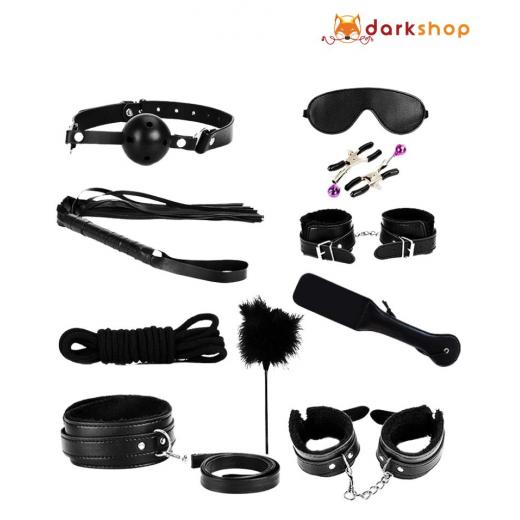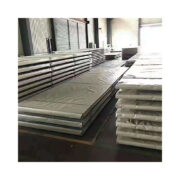
In the dynamic realm of fashion, the demand for cruelty-free and sustainable alternatives has led to a surge in the popularity of vegan shoes. As consumers increasingly seek ethical and environmentally conscious options, the materials used in vegan shoe production have come under the spotlight. In this comprehensive exploration, we will delve into the array of materials commonly employed in crafting vegan shoes, with a special emphasis on the innovative world of vegan sneakers.
The Essence of Vegan Shoes:
Vegan shoes represent a paradigm shift in the fashion industry, offering consumers an ethical and compassionate choice. Unlike traditional footwear, which often relies on animal-derived materials like leather, vegan shoes embrace cruelty-free alternatives that cater to the growing demand for sustainable and mindful fashion.
Common Materials Used in Vegan Shoe Production:
- Synthetic Leather (Polyurethane, PU): One of the most widely used alternatives to animal leather in vegan shoe production is synthetic leather, often made from polyurethane (PU). PU leather offers a convincing alternative to traditional leather in terms of texture, appearance, and durability. This versatile material is used in various styles of vegan shoes, including sneakers, boots, and dress shoes.
- Microfiber: Microfiber is a synthetic material composed of finely woven fibers, creating a soft and leather-like texture. It is a popular choice in vegan shoe production due to its durability, breathability, and resistance to water. Microfiber is often used in sneakers, providing comfort without compromising on style or ethical considerations.
- Canvas: Canvas is a classic and sustainable material used in vegan shoe manufacturing. Derived from cotton or hemp, canvas is a breathable and lightweight option, making it a preferred choice for casual and athletic footwear, including vegan sneaker. Its versatility allows for vibrant colors and patterns, adding a touch of personality to shoe designs.
- Recycled Materials: The commitment to sustainability extends to the use of recycled materials in vegan shoe production. Recycled plastics, including PET (polyethylene terephthalate) from bottles, are transformed into innovative fabrics for shoe uppers. These materials not only reduce waste but also contribute to the circular economy.
- Natural Plant-Based Materials: Vegan shoes often incorporate natural plant-based materials, such as cork, pineapple leather (Piñatex), and apple leather. Cork is utilized for insoles and footbeds, providing comfort and breathability. Piñatex, made from pineapple leaf fibers, is a sustainable alternative to leather, while apple leather creatively utilizes by-products from the apple industry.
- Rubber: Rubber, derived from plants or synthetically produced, is commonly used for the soles of vegan shoes, including sneakers. Natural rubber is sourced from rubber trees, while synthetic rubber can be made from petroleum-based or eco-friendly sources. The use of rubber contributes to the durability and flexibility of vegan shoe designs.
- Bamboo: Bamboo, a fast-growing and renewable resource, is increasingly utilized in vegan shoe production. Bamboo fibers are woven into fabrics for uppers, offering a breathable and eco-friendly option. The use of bamboo aligns with the desire for sustainable alternatives in the fashion industry.
Vegan Sneakers: A Closer Look at Materials:
Vegan sneakers represent a dynamic and innovative segment within the realm of vegan footwear. Crafted for comfort, performance, and style, vegan sneakers leverage a range of materials to create a product that not only aligns with ethical values but also meets the demands of active and fashion-forward consumers.
- Synthetic Mesh: Synthetic mesh is a lightweight and breathable material commonly used in the uppers of vegan sneakers. This allows for optimal airflow, making vegan sneakers suitable for various physical activities. The mesh is often combined with other materials to enhance durability and structural integrity.
- EVA (Ethylene Vinyl Acetate) Foam: EVA foam is a versatile and lightweight material used in the midsoles of vegan sneakers. It provides cushioning and shock absorption, contributing to the overall comfort and performance of the shoe. EVA foam is a synthetic alternative to traditional midsole materials and is widely embraced in vegan sneaker designs.
- Recycled Rubber Outsoles: The outsoles of vegan sneakers commonly feature recycled rubber, contributing to the shoe’s traction and durability. Recycled rubber sourced from discarded tires helps reduce environmental impact by repurposing existing materials.
- Water-Based Glues: Vegan sneakers often utilize water-based adhesives in their construction. These adhesives are free from animal-derived ingredients and minimize the environmental impact associated with solvent-based glues. Water-based glues contribute to the overall eco-friendly profile of vegan footwear.
- Cotton Lining: The lining of vegan sneakers frequently incorporates cotton, a natural and breathable material. Cotton linings enhance comfort and moisture-wicking properties, ensuring a pleasant experience for the wearer.
The Intersection of Style and Sustainability:
Vegan shoe production is a testament to the evolving landscape of sustainable and cruelty-free fashion. The materials used in vegan shoes, including sneakers, showcase a harmonious blend of style, functionality, and ethical considerations. As consumers become more conscientious about their choices, the fashion industry responds by pushing the boundaries of innovation to create products that align with the values of a compassionate and environmentally aware society.
Challenges and Future Innovations:
While the materials mentioned contribute to the positive impact of vegan shoe production, the industry continually faces challenges. These may include sourcing sustainable alternatives at scale, addressing the environmental impact of synthetic materials, and ensuring fair labor practices throughout the supply chain. Innovations in biofabrication, plant-based alternatives, and circular design principles are key areas where the future of vegan shoe production is likely to evolve.
Conclusion:
The journey into the world of vegan shoes, and specifically vegan sneakers, unveils a tapestry of materials that redefine the possibilities of ethical and sustainable fashion. From synthetic leathers to recycled plastics and plant-based innovations, the materials used in vegan shoe production reflect a commitment to compassion, environmental stewardship, and a forward-thinking approach to design. As consumers increasingly seek products that resonate with their values, the intersection of style and sustainability in vegan footwear continues to shape the future of fashion—one step at a time.











